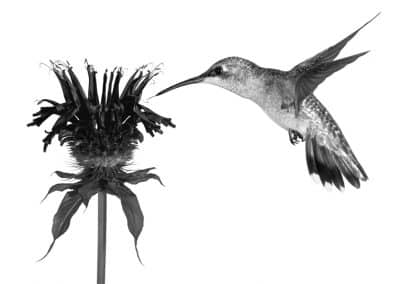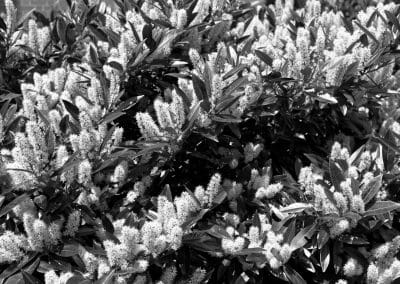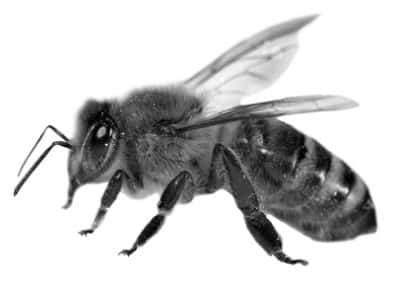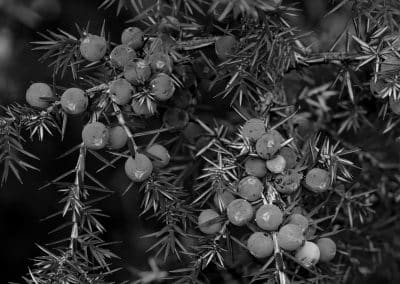Pollination Station
What is Pollination?
Pollination in plants is the process of transferring pollen from the stamen, or male part of a flower, to the pistil, or female part of a flower.
There are two methods for pollination. Cross-pollination is the most common and occurs when the pollen from one flower’s stamen is transferred to the pistil of another flower. Self-pollination occurs when pollen is transferred from the stamen of one flower to the pistil of the same flower or plant.
Pollination usually occurs naturally, and is most often due to insects, birds, and small mammals. The sticky pollen from flowering plants clings to their bodies and is carried from one plant to another. The insects and animals are attracted to the flowers with a promise of a sugary liquid called nectar. The flowers’ smell and bright petals are like a sign advertising fresh nectar to any passing insect or bird.
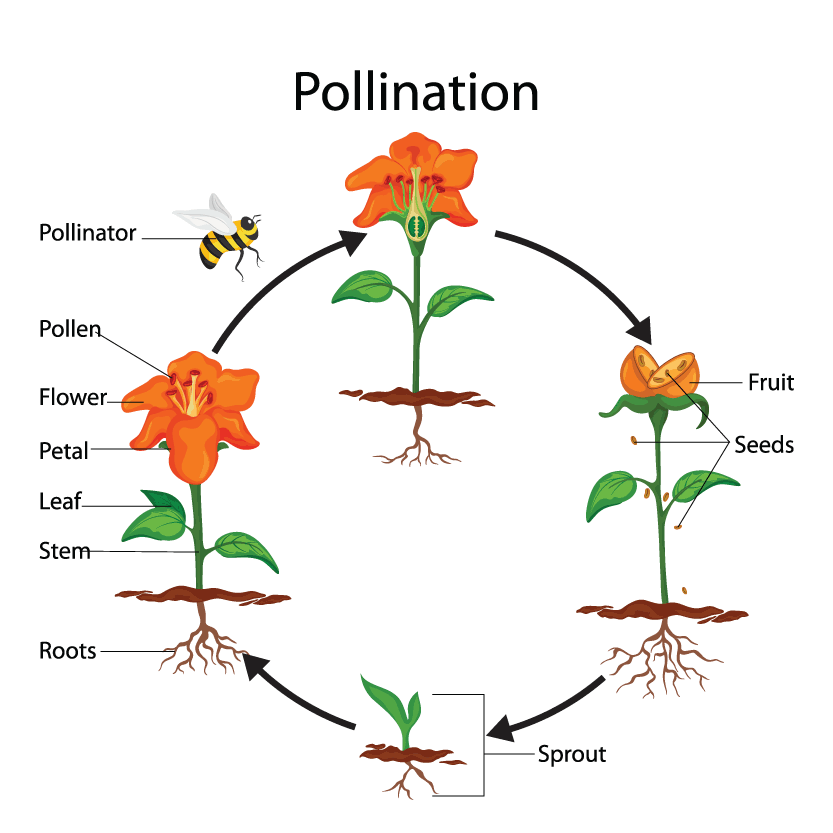
Why is Pollination Important?
Pollination is a very important part of the life cycle of plants. They cannot produce fruit or seeds unless they are pollinated. Pollen is transferred by pollinators, which can be the wind, birds, bees, butterflies and small mammals. Once pollination takes place, seeds begin to grow.
Who is a Pollinator?
Honey bees are probably the most well-known pollinator. They are considered the most important insect known to humans. One third of the food we eat is pollinated by honey bees. However, many insects including other bee species, butterflies, beetles and flies are pollinators.
Hummingbirds are small birds that have the ability to hover in midair by flapping their wings up to eighty times per second. Their long, curved beaks are designed to fit into flowers to gather nectar. Hummingbirds burn up a tremendous amount of energy and so they are attracted to the flowers that will give them something in return for their pollinating efforts.
Pollination also happens via the wind. Wind-blown pollen is normally dry and dust-like. Wind pollinated plants are often plainer looking with feathery-looking flowers. Many trees and grasses rely on wind for pollination.
Fun Facts
-
The color, shape, and markings on a flower help attract and guide insects to them for pollination. Bees are often attracted to bright blue and violet colors. Hummingbirds tend to like long tubular flowers in shades of red, pink, fuchsia, or purple. Butterflies prefer fragrant flowers and ones with brightly colored flat petals. Look for them on yellow, orange, pink or red blossoms.
-
Fragrance is another way plants draw insects and animals to
themselves. Scents are especially attractive at night when creatures like moths and bats are out.Source: growingagreenerworld.com
- It is estimated that more than 1,300 types of plants are grown around the world for food, beverages, medicines, condiments, spices, and even fabric.
%
Of these, about 75% are pollinated by animals. More than one of every three bites of food we eat or beverages we drink are directly because of pollinators.
%

